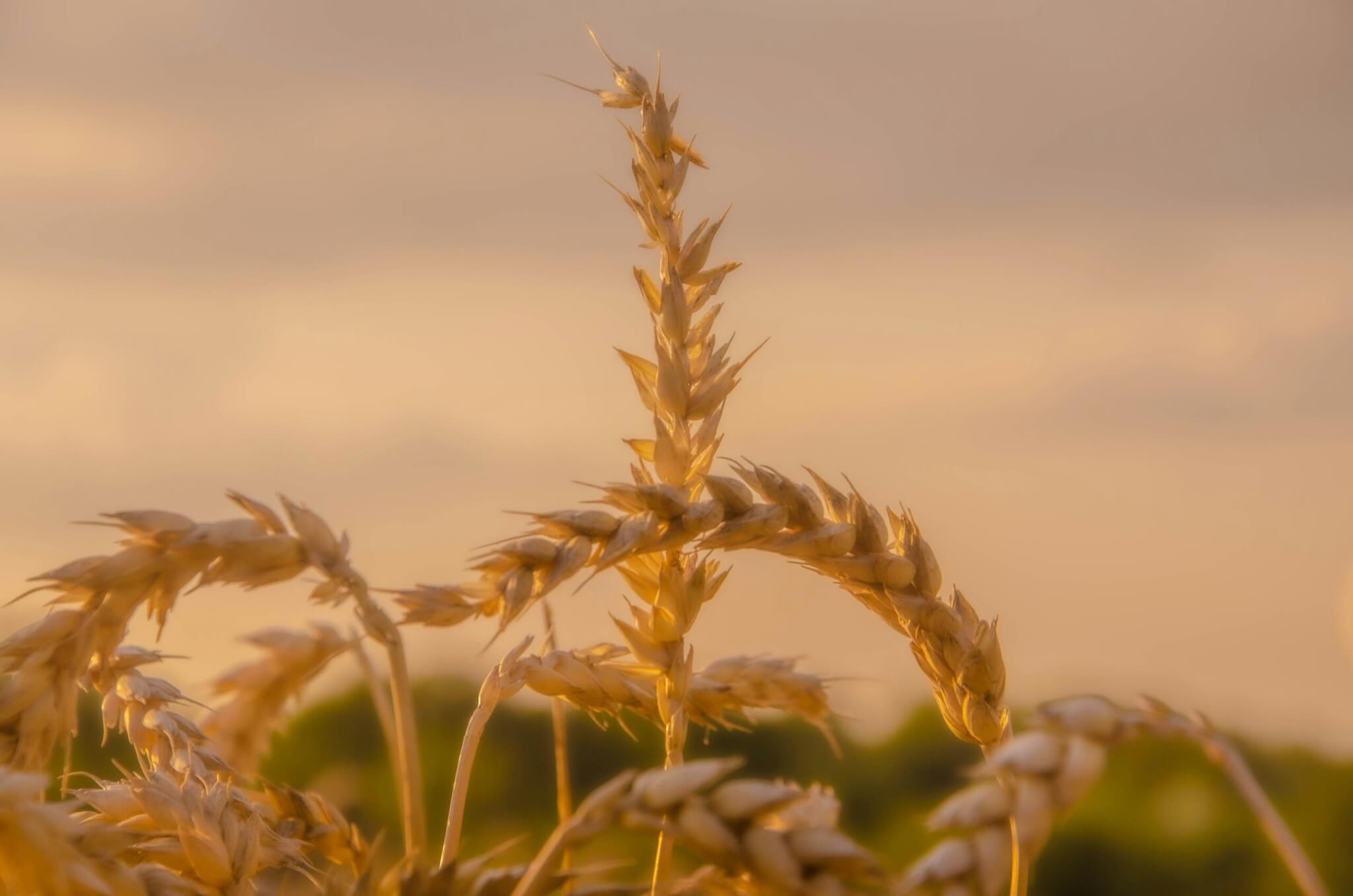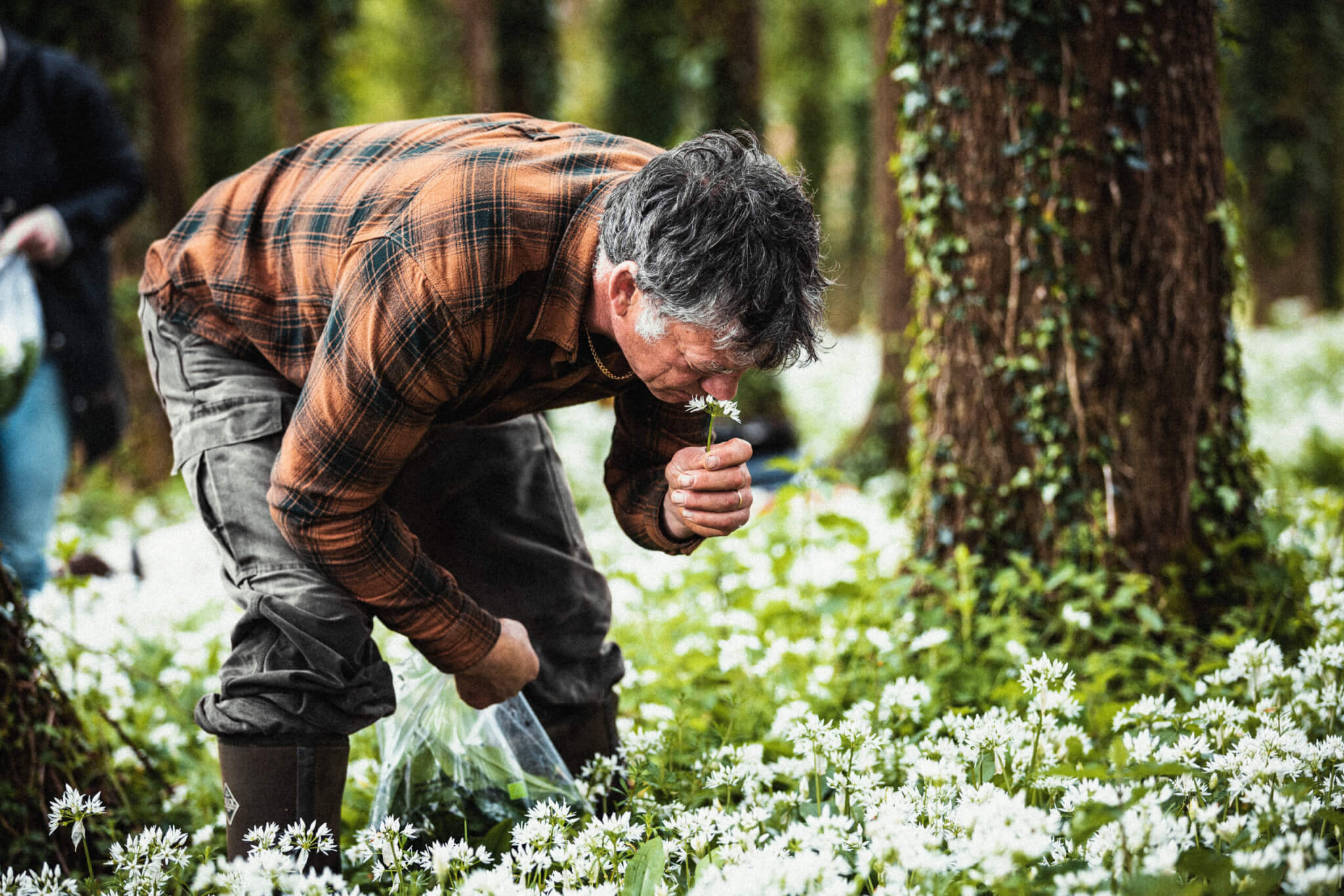The cows were turned out yesterday. It was a gloriously warm, bright spring morning and after four months inside eating silage they were certainly happy to taste fresh grass again and feel the turf under their feet. As the yard gates opened, they briefly hesitated as if in disbelief, then charged off in all directions, bucking and butting their way around the field before settling down to that wonderful spring grass.
The weather charts suggest it will be raining when you read this, but today we are planting onions and potatoes with the sun on our backs. Another team is busy picking up the last of the potatoes we were unable to harvest in the autumn. The winter deluge beat the structure out of last year’s fine seed bed; by the time it was dry enough to venture onto, the surface had formed a crust which defied all modern harvesting machinery, forcing us to bend over and pick them up by hand. Twenty five years ago we harvested them all like that and I wouldn’t want to go back.
After two or three crops of vegetables our fields get tired and it is time to rest them from cultivating and harvesting and to put back what we have taken out. We build fertility and structure with three or four years of grass and clover which are grazed, cut and conserved as silage, or sometimes mulched to feed the soil. This week we have been busy sowing triticale (a hardy vigorous cross between rye and wheat) as a nurse crop. In early April, when the triticale has established, we will broadcast the grass and clover seeds and very lightly scratch the surface with a tine harrow to cover the seed and allow germination. The grass and clover does well in the partial shade under the triticale until the whole crop is taken as silage in July to feed the cows next winter. With the shade and competition removed, the perennial grass and clover take over, fixing nitrogen from the atmosphere, building fertility and feeding the cows and the soil until we plough it down to grow vegetables again.














0 Comments